Understanding Amethysts
Amethysts are valued for their rich purple color, clarity, and timeless appeal. Long associated with creativity, balance, and inner strength, amethysts bring depth and elegance to bracelet designs — perfect for adding a distinctive yet versatile touch to your collection.
Understanding how amethysts are evaluated and matched will help you select an amethyst tennis bracelet that reflects both quality and style.
Amethyst Selection
What Are Amethysts?
Amethyst is the most prized variety of quartz, renowned for its deep purple tones. Its name comes from the Greek word amethystos, meaning “not intoxicated,” a reference to the ancient belief that it could protect the wearer from excess and promote clarity of mind.
Amethysts are admired for their vibrant color and high transparency, making them an excellent choice for bracelets where multiple stones must be matched perfectly.
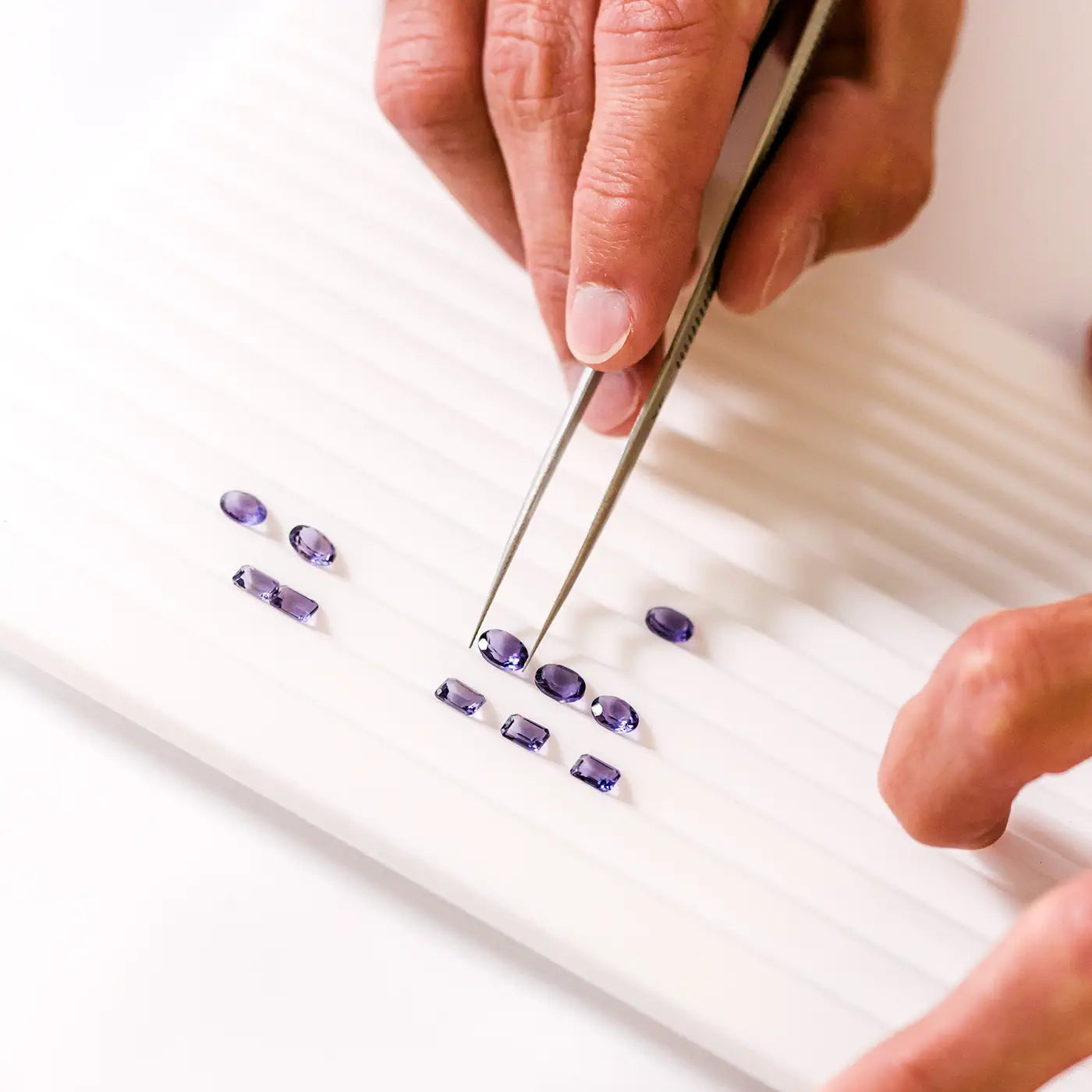
Color
Color is the most important factor in determining an amethyst’s quality. The finest stones exhibit a vivid, evenly distributed purple — ranging from medium to deep violet — with no visible zoning or uneven patches.
In bracelets, consistency of color across all stones is essential. Even slight variations in tone can disrupt the seamless line of color that makes a bracelet stand out.
Amethysts pair beautifully with all gold tones — white gold highlights their brightness, while yellow and rose gold bring out their warmth.

Clarity
Amethysts are typically very clean gemstones. Fine-quality stones are free of eye-visible inclusions, maintaining their brilliance and uniformity.
For bracelets, clarity ensures a smooth, uninterrupted appearance — stones with obvious inclusions, fractures, or cloudiness are avoided.
CUT
Cut refers to the proportions, symmetry, and polish of the stones — all of which influence how the amethyst reflects light.
Common shapes in bracelets include:
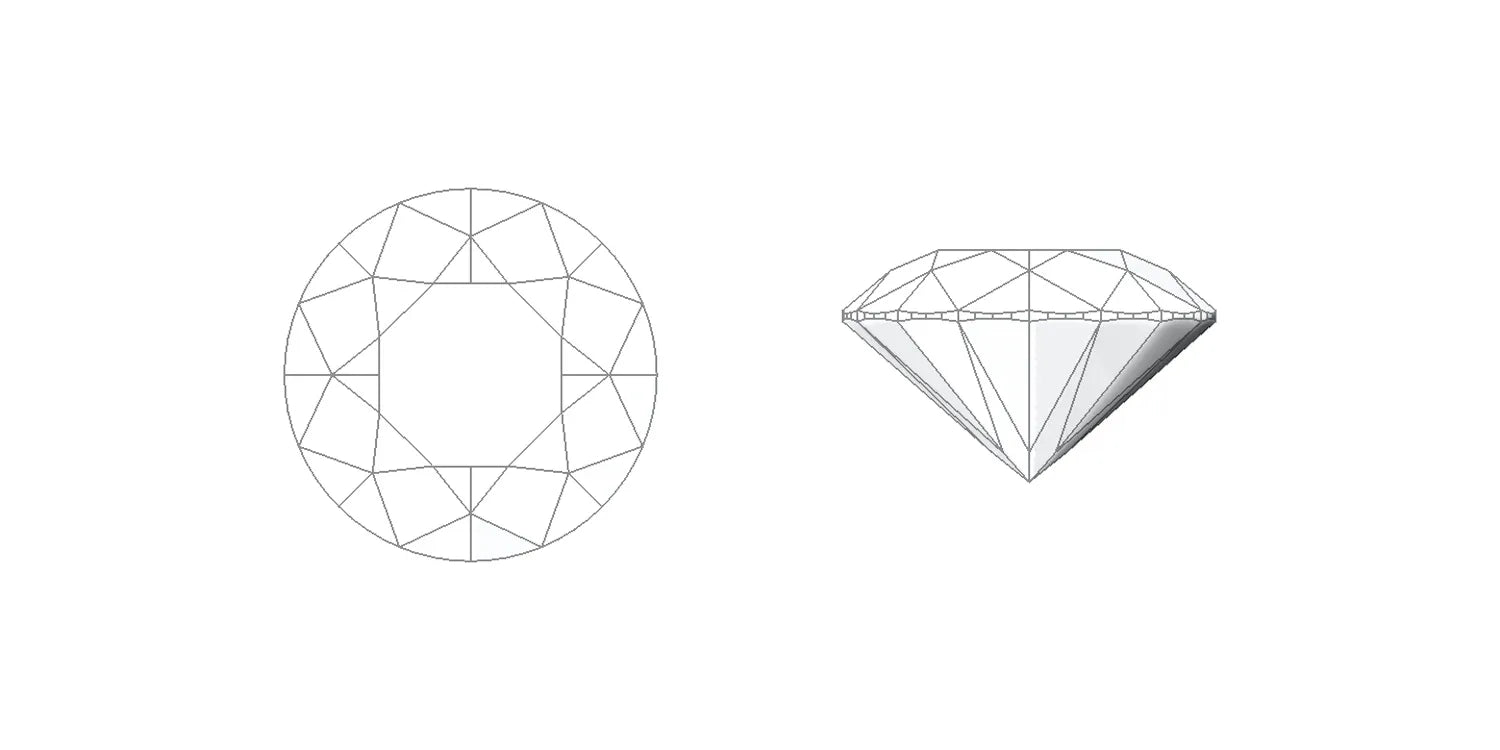
Round
Classic & balanced
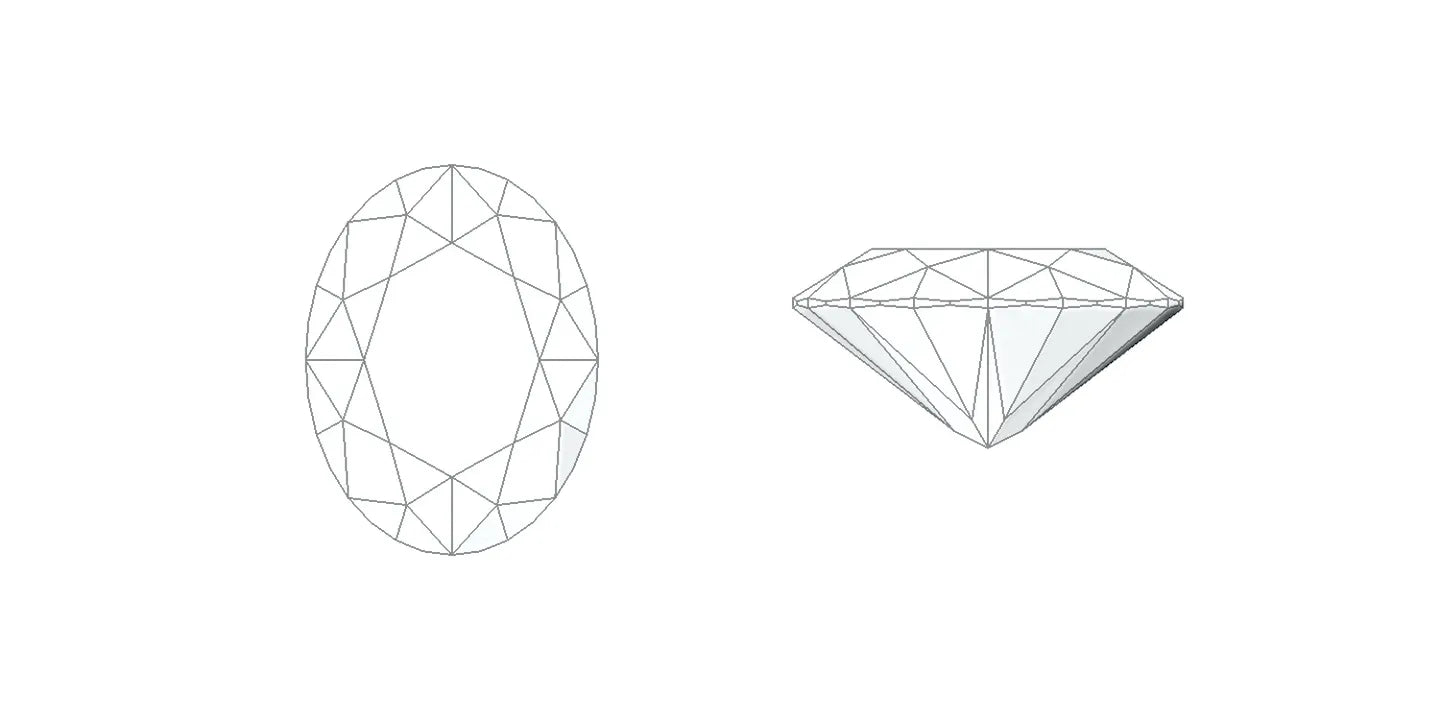
Oval
Elegant & elongating
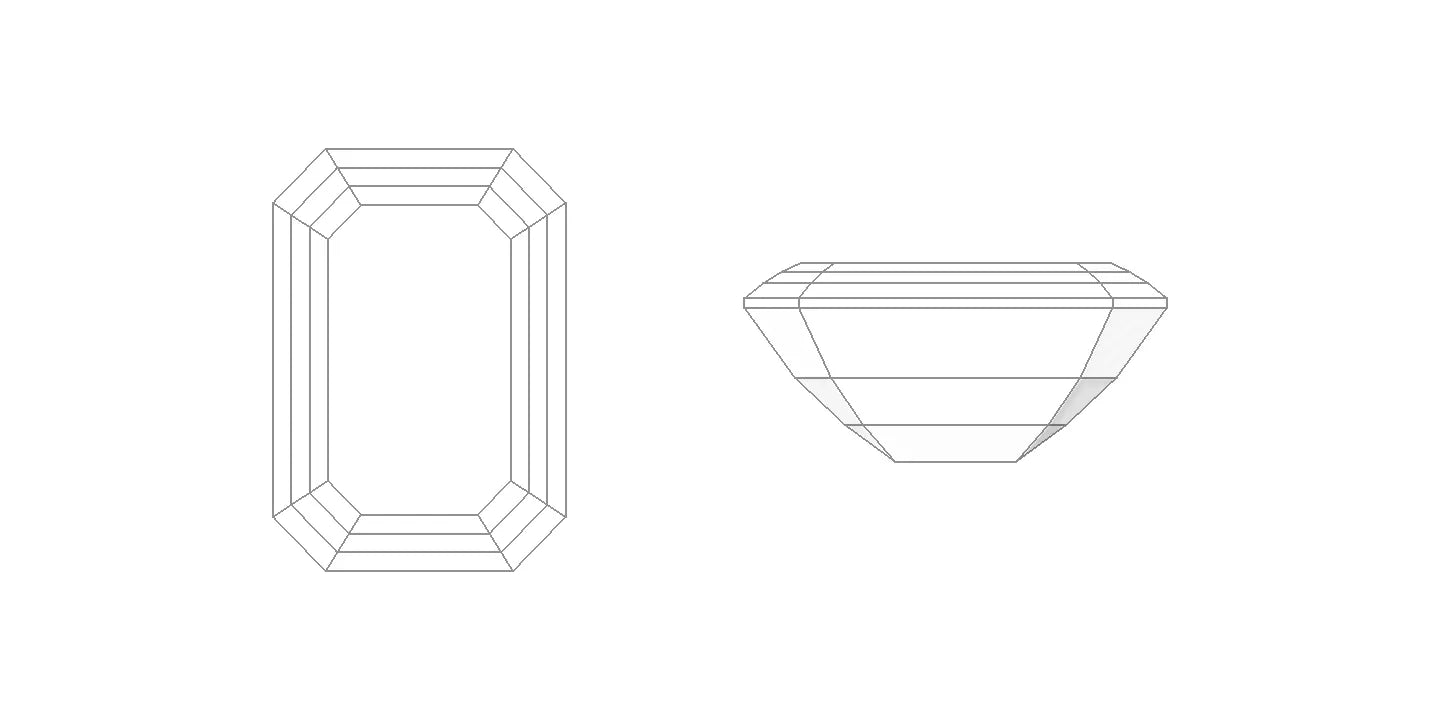
Emerald cut
Sophisticated and clean
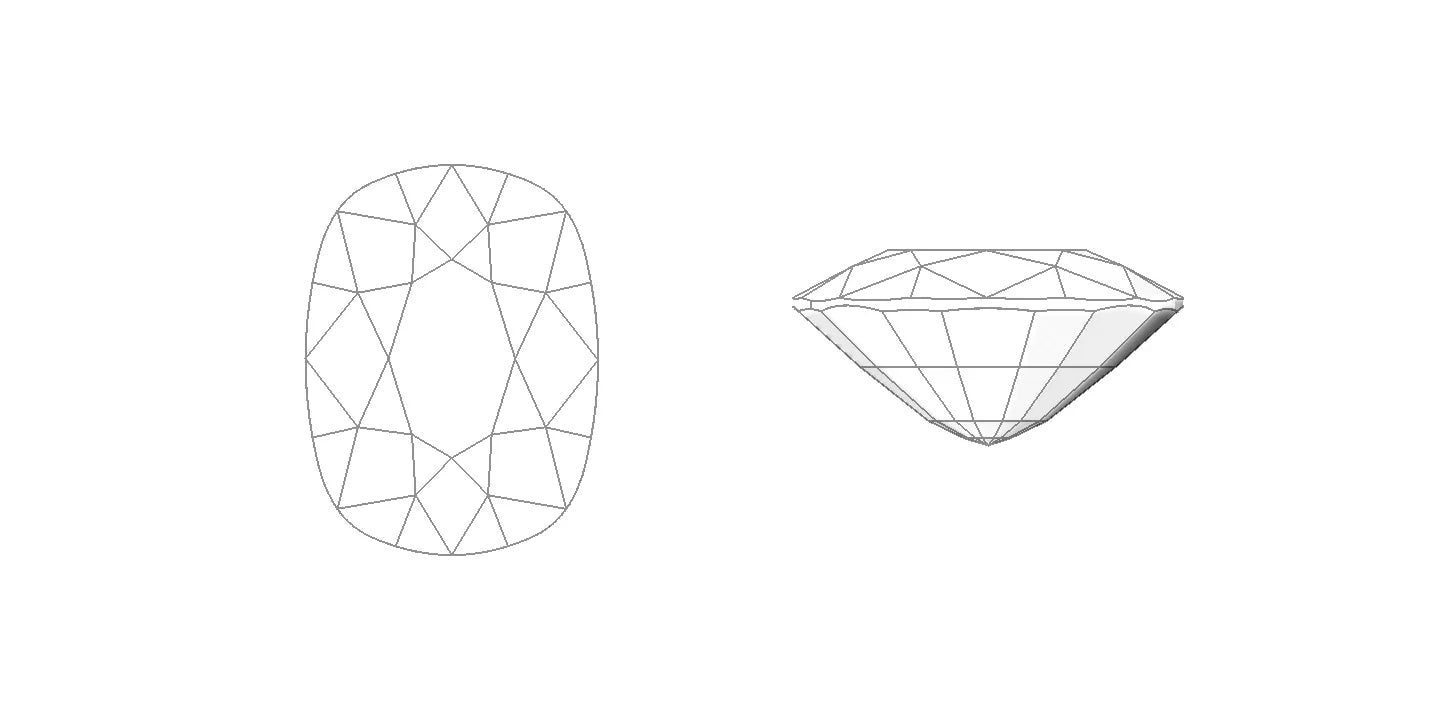
Cushion
Soft and vintage-inspired
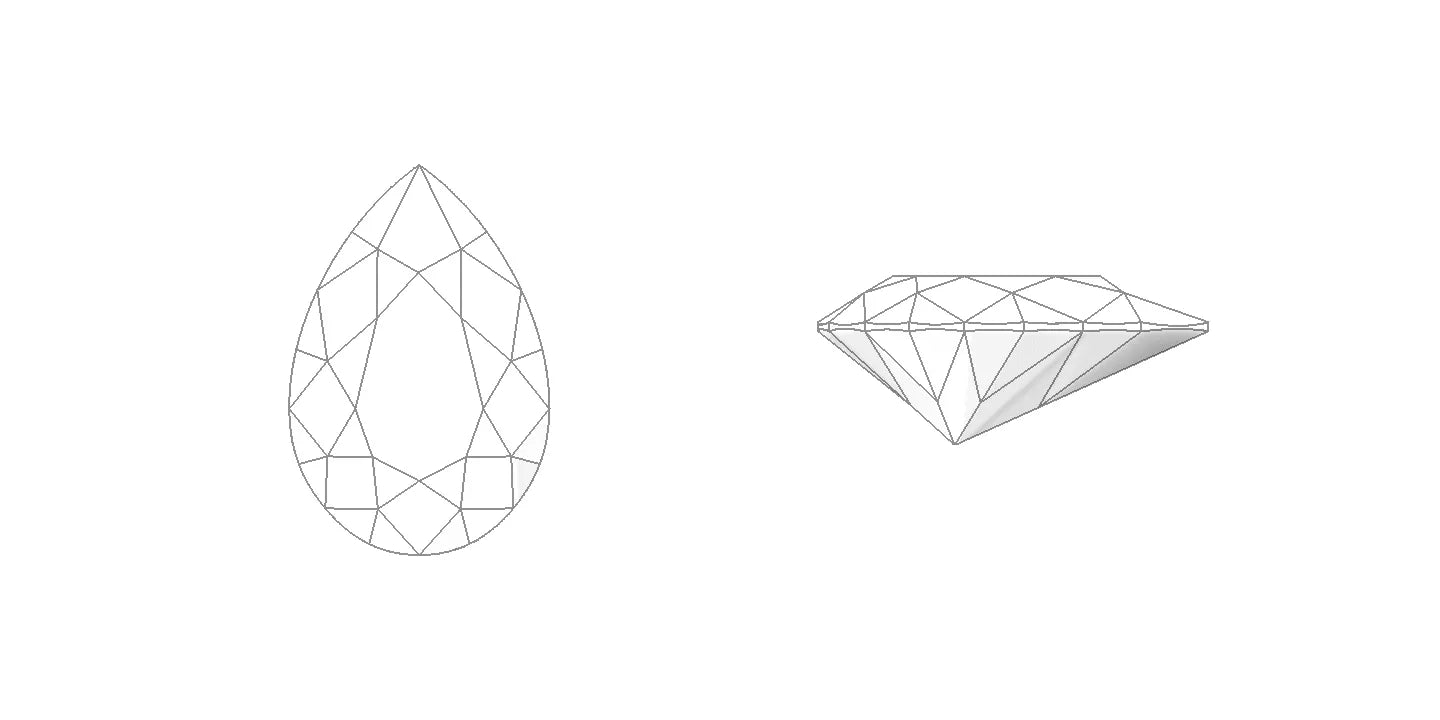
Pear
Graceful, with a distinctive teardrop shape
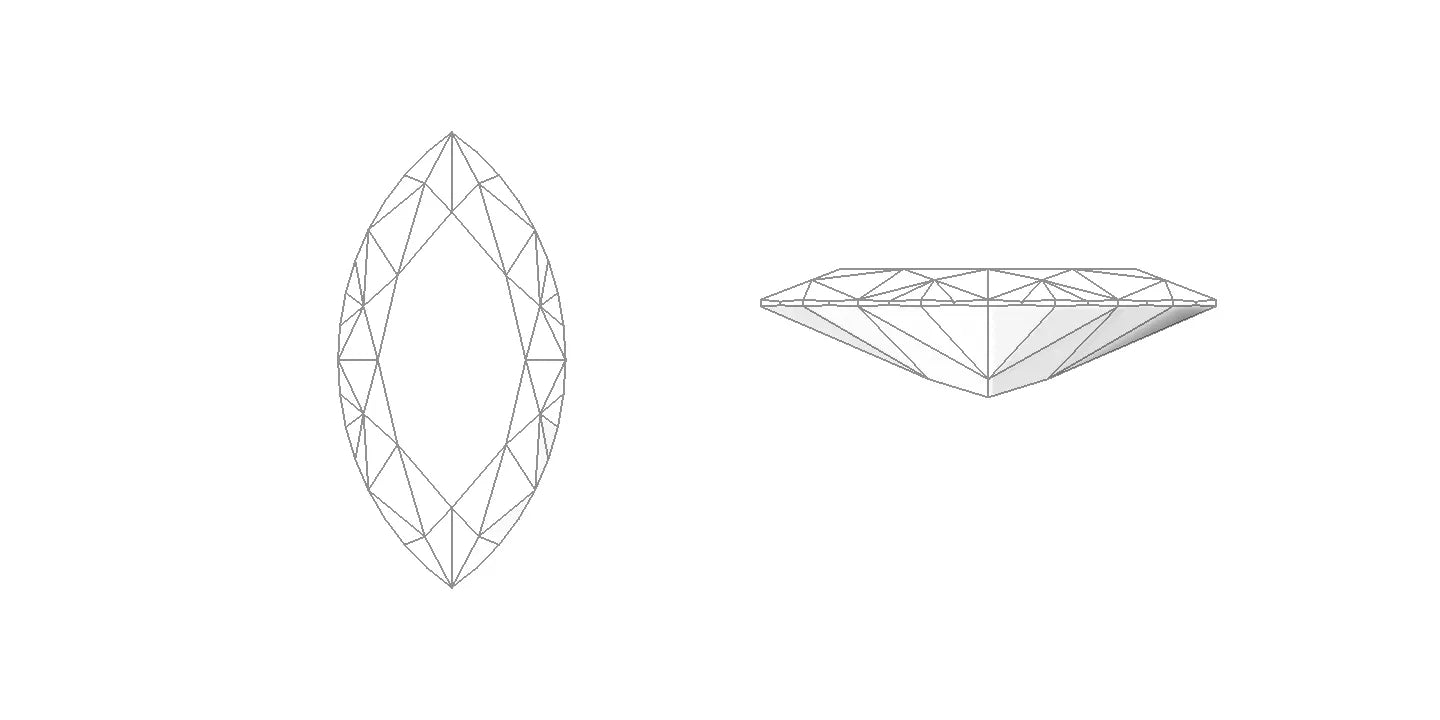
Marquise
Dramatic, with pointed ends that create a striking line
Carat Weight
Carat weight measures the total weight of the stones, but because amethysts are less dense than diamonds or sapphires, they appear larger for the same weight.
In bracelets, the total carat weight (ctw) refers to the combined weight of all stones. The emphasis is on how well the stones are matched and arranged to create a balanced line, rather than focusing on individual stone size.
Origin
Amethysts are primarily sourced from:
- Brazil: known for producing high-quality stones with vibrant purple tones and excellent clarity.
- Zambia: producing deeper, more saturated purples, sometimes with cooler undertones.
While origin has less impact on pricing than color and clarity, it may be noted for higher-value or collector pieces.
Certification
Because bracelets typically feature smaller, matched stones, individual amethysts are rarely certified. For larger or high-value stones, a certificate from a reputable laboratory can confirm the stone’s identity and natural origin.

Final Thoughts
When selecting an amethyst bracelet, focus on:
✔ Even, vivid color across all stones
✔ High clarity and brightness
✔ Well-matched cut, size, and proportion
✔ Balanced design and secure setting
Amethyst bracelets offer a sophisticated yet versatile look — a distinctive way to express personal style.
We’re here to guide you every step of the way — with transparency, expertise, and attention to detail.